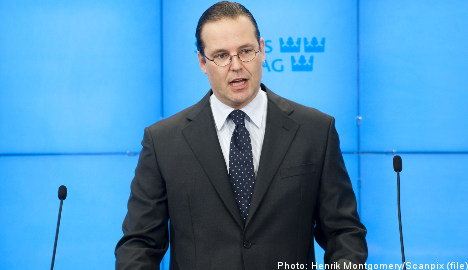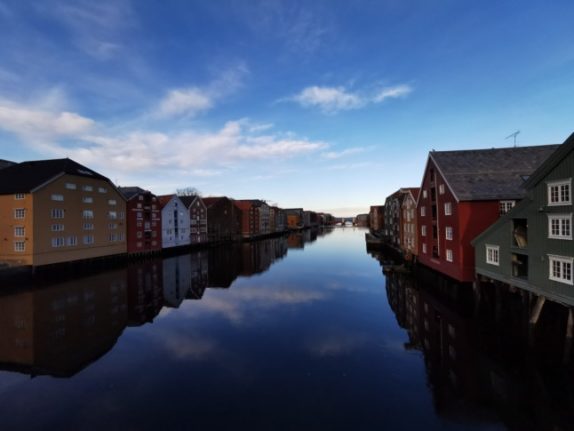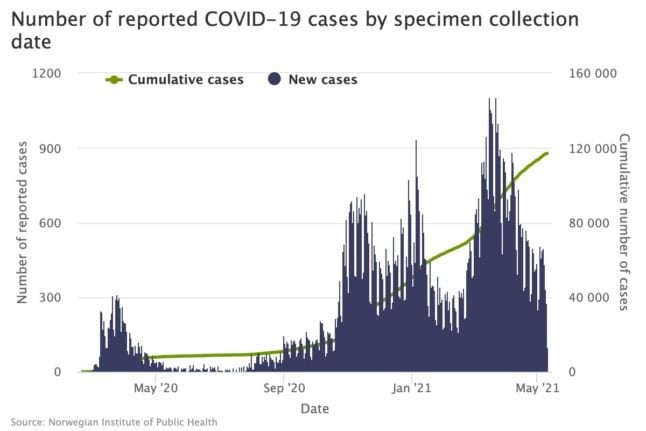“It’s pretty fair to say that the sun is shining over the Swedish economy currently,” Swedish Finance Minister Anders Borg told reporters after the latest figures were published.
Economic growth in the Scandinavian country accelerated in the second quarter by 4.6 percent on a 12-month comparison and by 1.9 percent compared to output in the previous quarter, according to revised numbers from the national statistics agency.
With less than two weeks to go ahead of general elections, these figures represent the country’s highest growth rate since 2000.
The latest GDP figures “probably mean that you actually have to compare Sweden to Asia to see figures of the same magnitude. Very few European countries are above three percent and even fewer are above four percent,” Borg said.
He added that on top of having the smallest deficit in the EU, the government expects to post a budget surplus by 2012.
Borg reiterated that the election’s most important issues are maintaining sound public finances and rebuilding a budget surplus, restoring full employment and investing more in education and vocational training.
“People on long-term sickness benefits and taking early retirement are still high,” he told reporters on Wednesday. “We need to stimulate employment and increase incentives for the unemployed to look for jobs through measures such as vocational training. The longer they are inactive, the harder it is for them to re-enter the job market.”
He added that although the Swedish education system has traditionally been at a high quality, its standing in rankings by the OECD and other agencies has slipped, especially in math and languages.
“We have a high-capital economy,” he told reporters. “We need good engineers and that requires strong math. Average in Europe is not good enough. Finland spends less on education, but their education system is better. More vocational training is needed like in Denmark and Austria, especially to address youth unemployment.
Although the turnaround is closely linked to a strengthening global economy that has improved the climate for manufacturing and exports, analysts say the Nordic recovery also rests on strong fundamentals such as healthy public finances and strong consumption.
The new numbers place Sweden’s economy at the very forefront of the European crowd, alongside Germany, Poland and Slovakia and far ahead of average EU growth in the second quarter of 1 percent compared to the previous three-month period and 1.9 percent year-on-year.
“Of course, we’ve had a larger decline last year in particular in the manufacture industry and [now] we’re bouncing back,” explained Olle Olmgren, an analyst at SEB.
“But a more underlying factor is that the domestic demand is very firm, with households that have strong balance sheets, unemployment falling, increase of consumption and the same is true for public finances,” he told AFP.
Contrary to many other EU countries that face towering debt and harsh austerity measures, the Swedish government has benefited from strong public finances to put in place economic stabilisation mechanisms and plans to continue to strengthen the country’s famous welfare state, Olmgren pointed out.
Borg reiterated that the Moderates would postpone tax cuts in 2011 and 2012 in response to the projected labour cycle, pointing out that although the situation appears robust for Sweden at the moment, current circumstances among banks in southern Europe may be problematic in the future.
Sweden began to raise interest rates in July, becoming the first EU country to do so after the crisis.




 Please whitelist us to continue reading.
Please whitelist us to continue reading.
Member comments